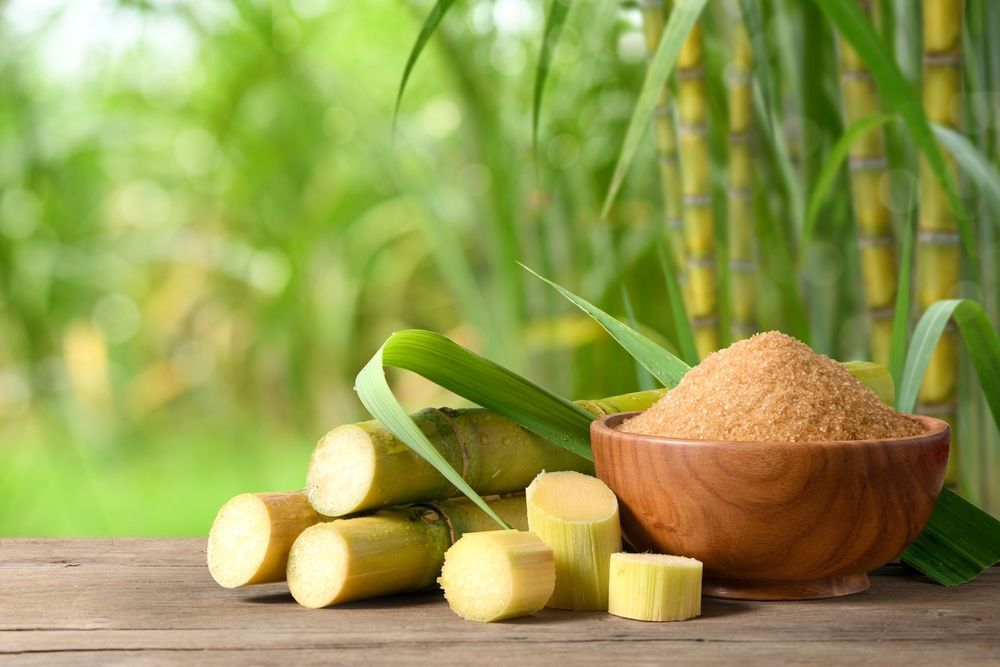Discover the Uses and Benefits of Beet Sugar Vs Cane Sugar in Your Daily Diet Plan
Checking out the distinctive qualities of beet and cane sugar reveals even more than simply their sweetening capacities; it highlights their distinct effects on wellness and culinary arts. Beet sugar, understood for its refined taste, is commonly favored in fragile desserts, whereas cane sugar, with its hint of molasses, adds richness to durable recipes. Each type holds its very own dietary account and glycemic effects, inviting a deeper understanding of their functions in a well balanced diet regimen and sustainable usage methods.
Beginning and Manufacturing Procedures of Beet and Cane Sugar

The distinct climates and soil types needed for expanding sugar beetroots and sugarcane add to distinctions in their growing practices and geographic distribution, affecting the economics and sustainability of their manufacturing. beet sugar vs cane sugar.
Nutritional Comparison In Between Beet Sugar and Cane Sugar
In spite of originating from different plants, beet sugar and cane sugar are nutritionally very similar, both mostly including sucrose. Each gives concerning 4 calories per gram, translating to roughly 16 calories per teaspoon. Structurally, both sugars are composed of roughly 99.95% sucrose, with very little amounts of various other compounds like dampness and trace element, which do not significantly change their dietary accounts.

Inevitably, when choosing in between beet sugar and cane sugar based on dietary content alone, both deal identical benefits and downsides as they are essentially types of the same molecule-- sucrose, providing quick power without other nutrients.
Effect On Wellness: Glycemic Index and Caloric Content
Discovering additionally into the effects of beet sugar and cane sugar on health, it is important to consider their glycemic index and caloric content. The glycemic index (GI) of both this hyperlink beet and cane sugar is around 65, categorizing them as high-GI foods, which can cause fast spikes in blood sugar degrees.
Each sort of sugar consists of around 4 calories per gram, making their calorie web content a fantastic read matching. For those keeping track of caloric consumption, particularly when taking care of weight or metabolic health conditions, recognizing this equivalence is essential (beet sugar vs cane sugar). However, extreme usage of any kind of high-calorie, high-GI food can add to wellness problems such as obesity, cardiovascular disease, and insulin resistance.
Environmental and Economic Considerations of Sugar Manufacturing
Beyond health effects, the production of beet and cane sugar likewise raises substantial environmental and financial concerns. Sugar beet growing often tends to require cooler climates and has a reduced geographical footprint contrasted to sugar cane, which flourishes in tropical regions.
In addition, making use of chemicals and plant foods in both beet and cane sugar cultivation can bring about soil degradation and pollution, further affecting biodiversity and regional water bodies (beet sugar vs cane sugar). The option between cultivating sugar beet or cane commonly pivots on regional ecological problems and economic elements, making the sustainability of sugar production an intricate concern
Culinary Applications and Taste Distinctions
While the environmental and economic facets of sugar production are without a doubt substantial, the selection in between beet and cane sugar additionally affects cooking applications and flavor profiles. Beet sugar, acquired from the sugar beet plant, is understood for its remarkably neutral preference.
Walking cane sugar, extracted from sugarcane, commonly retains molasses traces, which give a distinct splendor and depth. The small variant in dampness content in between beet and cane sugar can influence the texture address and consistency of meals, making cane sugar a recommended selection for particular dishes that benefit from its special properties.

Conclusion
Finally, both beet and cane sugar have distinctive beginnings and manufacturing processes, supplying similar dietary profiles with mild differences in sodium material and flavor. While their influence on health, particularly regarding glycemic index and calories, is comparable, the choice between them often boils down to environmental, financial elements, and particular cooking requirements. Comprehending these aspects can lead consumers in making informed choices that line up with their health objectives and flavor choices.